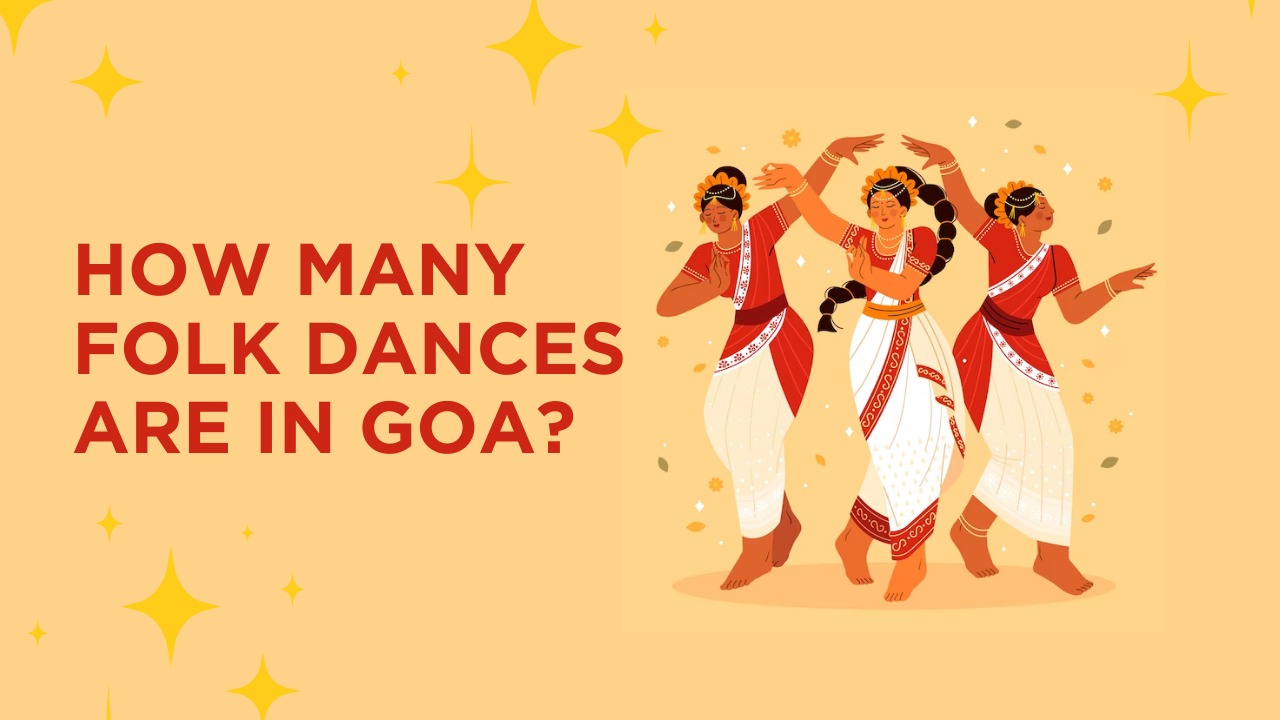Goa, known for its sun-kissed beaches and vibrant culture, is a melting pot of traditions that have shaped its unique identity. At the heart of this cultural tapestry lies the rich heritage of folk dances, weaving stories of history, community, and celebration. In this article, we delve into the rhythmic world of Goan folk dances, exploring their historical roots, traditional significance, and the dynamic evolution of these art forms.
Historical Context
The roots of Goan folk dances run deep into the historical fabric of the region. Influenced by a confluence of cultures, including Portuguese, Konkan, and Maratha, these dances have evolved over centuries. Understanding the historical context provides insights into the diverse elements that contribute to the unique charm of Goan folk dances.
Traditional Folk Dances
A. Deknni
The Deknni dance, with its graceful movements and historical significance, holds a special place in Goan culture. Originating from traditional storytelling, Deknni is a captivating dance form performed on various occasions, each step reflecting the cultural nuances embedded in its history.
B. Fugdi
A celebration of life and community, Fugdi is a lively folk dance that captivates both participants and spectators alike. Explored through its cultural background, dance elements, and the contexts in which it thrives, Fugdi emerges as a vibrant expression of Goan festivities.
C. Corridinho
With its roots deeply embedded in history, Corridinho is a dance that has stood the test of time. Explored through its historical development, dance style, and popular occasions, Corridinho remains a testament to the enduring cultural spirit of Goa.
D. Mando
The Mando dance, rich in cultural significance, encapsulates the essence of Goan traditions. From its historical roots to the intricacies of its dance style and the accompanying music, Mando is a dance form that resonates with the soul of Goa.
Contemporary Folk Dances
A. Dhalo
As Goan culture evolves, so do its dance forms. Dhalo, a contemporary adaptation, reflects the changing dynamics of cultural expression. Explored through modern adaptations, fusion with other dance forms, and its current popularity, Dhalo showcases the living, breathing nature of Goan folk dances.
B. Lamp Dance
Evoking symbolism and themes, the Lamp Dance represents a fusion of tradition and modernity. Examining its evolution, symbolic significance, and performances in the modern context, the Lamp Dance is a testament to the enduring relevance of Goan folk dances.
C. Shigmo Dance
Rooted in festive origins, the Shigmo Dance embraces regional variations and plays a crucial role in contemporary celebrations. Explored through its historical context, regional diversity, and inclusion in modern festivities, Shigmo Dance stands as a bridge between tradition and the ever-changing cultural landscape.
Preservation and Revival
Preserving the legacy of Goan folk dances is a task shouldered by cultural institutions and passionate individuals. Examining the efforts to preserve these traditional art forms, the role of cultural organizations, and the challenges faced in their preservation and promotion, we uncover the delicate balance between heritage and the ever-evolving present.
Conclusion
In concluding our exploration of Goan folk dances, we reflect on the vibrant tapestry woven by these cultural expressions. From the traditional roots of Deknni, Fugdi, Corridinho, and Mando to the contemporary dynamism of Dhalo, Lamp Dance, and Shigmo Dance, the diversity of Goan folk dances speaks volumes about the resilience and adaptability of a culture deeply connected to its roots. As we celebrate the past and embrace the present, the preservation and promotion of Goan folk dance heritage stand as a testament to the enduring spirit of this coastal paradise.








Comments